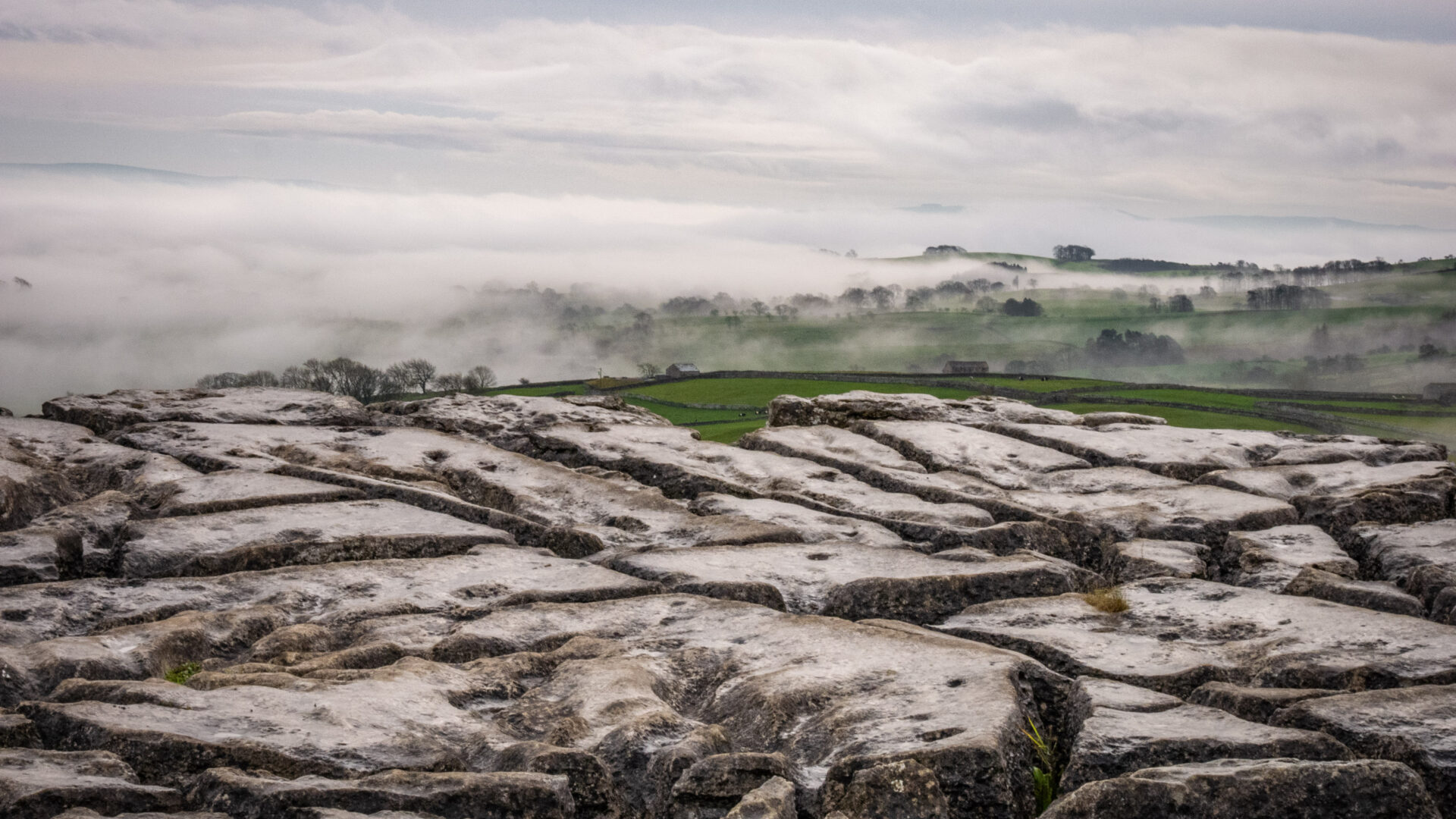
Look Wild: Meadow habitats of the Yorkshire Dales
-
Date posted: 28/07/2022
-
Time to read: 10 minutes
Yorkshire Dales National Park is home to special habitats for wildflowers, from the moist and shaded conditions provided by extensive limestone pavement to the spectacle of fragrant meadows teeming with up to 120 species produced by traditional, low intensity management of grazing land over many decades. It is the perfect place for novices and specialists alike to spot and record a wide variety of flora.

The NPUK Look Wild project encourages anyone out and about in the UK’s National Parks to use the iNaturalist app to discover and record the natural world around them. In the Yorkshire Dales we think we have just the thing to get you started.
At this time of year our beautiful hay meadows are at their ‘midsummer best’. It’s no wonder National Meadows Day celebrates these stunning environments each July. Hay meadows are an iconic feature of the English countryside and are of great agricultural importance, providing farmers with food for their livestock during the winter months, as well as ecological importance, providing a home for grassland plants and a source of nectar for a wide range of pollinator species.
Yorkshire Dales National Park contains a large proportion of the UK’s upland hay meadows, a priority habitat for nature conservation. These are now very scarce nationally with just 870 hectares surviving in England, and the Yorkshire Dales is one of the few areas where they survive in any number. Every year from early summer, visitors to Langstrothdale, Ribblesdale, Swaledale and Arkengarthdale will find upland hay meadows, surrounded by ancient drystone walls, brimming with colourful wildflowers. Those using the iNaturalist app in the meadows will likely find a large number of plant species, including sweet vernal-grass, wood crane’s-bill, pignut, great burnet and lady’s mantle. Hay meadows also support invertebrates, bats, mammals and birds.
Photo: Our Youth Volunteering Officer Caroline undertaking a bee survey with a pupil. Hay meadows are a vital habitat for many species of bumblebee.

Yellow rattle
Yellow rattle (Rhinanthus minor Family: Scrophulariaceae ) gets its name from its bright yellow flowers and the sound of the ripe seed rattling inside its seed capsules. This annual plant is unusual in that it is semi-parasitic and gains part of its water and nutrient requirements by parasitizing the roots of grasses and other herbs. This characteristic has made it a useful plant in hay meadow restoration projects, where it reduces the domination of vigorous grasses and herbs, such as perennial-rye grass and white clover, enabling other wild flowers to become established.
Sometimes known as hay rattle, this plant is common in species-rich hay meadows in the Yorkshire Dales National Park, such as those in Ribblesdale, Garsdale, Dentdale, Upper Wharfedale, Wensleydale, Swaledale and Arkengarthdale. As an annual plant, its survival depends upon the seeds being shed before the grass is cut for fodder. Therefore, the best time to see it in the Yorkshire Dales is late June and early July.

Bloody crane’s-bill
Bloody crane’s-bill (Geranium sanguineum Family Geraniaceae) is characteristic of Yorkshire and Derbyshire’s limestone areas. It has vivid pink flowers, intricately divided leaves and a distinctive red stalk joint which gives the plant its name. Within the British Isles, this species has a localised distribution on grassland, rocky areas, sand dunes and open woods on calcareous soils in northern and western areas.
In the Yorkshire Dales National Park, bloody crane’s-bill flowers between July and August and grows in limestone woodland, on scar ledges and on limestone pavement. Though it isn’t a common plant, good examples of bloody crane’s-bill can be seen in the open rocky parts of Grass Wood near Grassington and on the limestone pavement in the Ingleborough area of Ribblesdale.
If having to really search for plants is more your thing, then the deep grikes of the limestone pavement found in the uplands around Ingleborough, Malham and Wharfedale offer just that. The moist and shaded conditions of these crevices allow ferns and woodland plants to flourish. Using your iNaturalist app, here you are likely to find dog’s mercury, ramsons, hart’s-tongue fern, maidenhair spleenwort, wood anemone, wood sorrel, sanicle and enchanter’s nightshade. Less common are herb paris, angular Solomon’s seal and lily-of-the-valley.

Check out the YDNPA Look Wild page for more about the project and the app. If you’ve been inspired to get out into nature, you can share any photos or observations with us and get featured on our social or our newsletter! Send your observations to connect@nationalparks.uk
LookWild is a brilliant citizen science project that helps contribute to our data and knowledge of wildlife and habitat health across the UK.
This Blog was written by Sally Robertshaw, Volunteers Development Officer, Yorkshire Dales National Park Authority.
Join i-Naturalist and start identifying nature near you today!